Flying a helicopter can be both thrilling and challenging. Whether you’re a new pilot or looking to refine your skills, insider knowledge can make all the difference. We’ve gathered 15 essential tips straight from experienced helicopter pilots to help you navigate the skies with confidence and safety.
Contents
Perform Thorough Pre-Flight Checks

Always conduct comprehensive pre-flight inspections to ensure the helicopter is in top condition. This step includes checking fuel levels, oil, hydraulics, and the condition of rotor blades. By identifying potential issues on the ground, you can prevent in-flight emergencies. Pre-flight checks also involve reviewing the helicopter’s logbook for maintenance updates and previous flight discrepancies.
Understand Weather Conditions
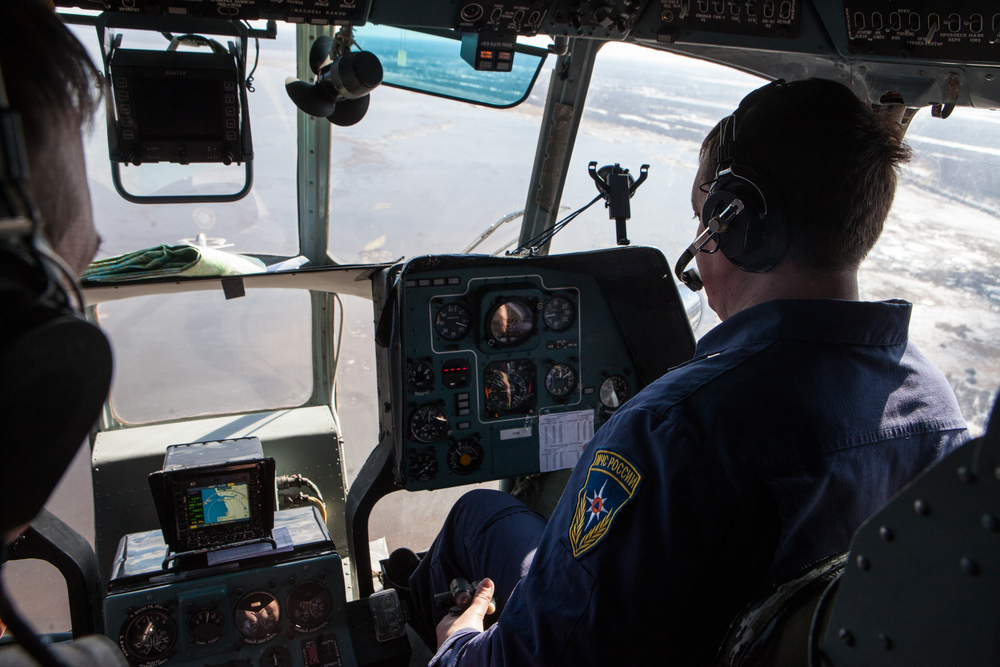
Check weather forecasts and be aware of how different conditions can affect your flight. Helicopters are more sensitive to weather changes than fixed-wing aircraft, with factors like wind, rain, and temperature significantly impacting performance. Knowing the weather conditions helps you plan for turbulence, visibility issues, and potential landing challenges, ensuring a safer flight.
Maintain Situational Awareness
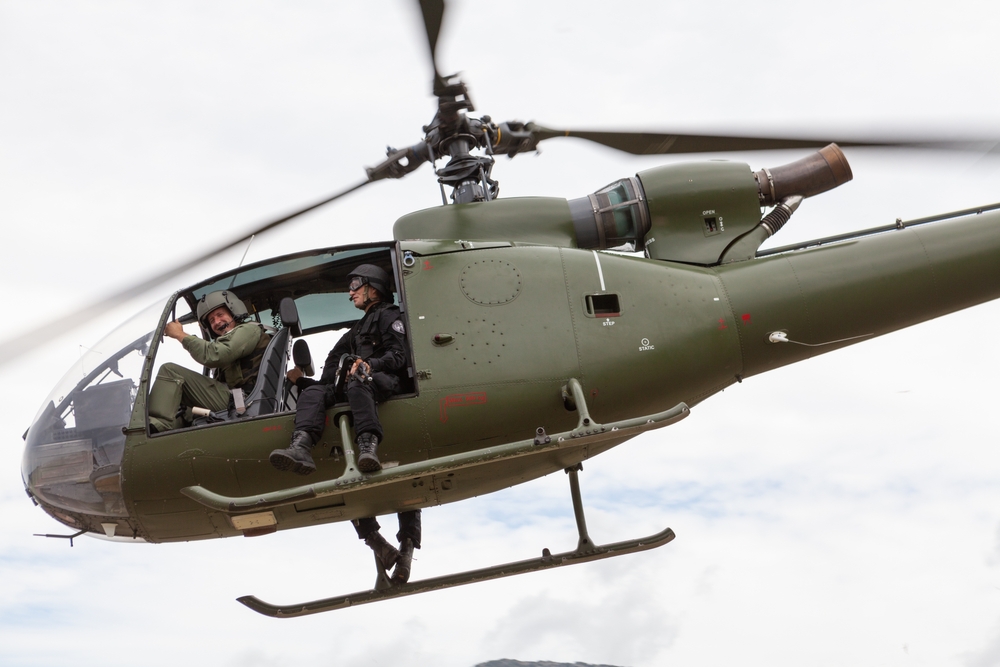
Always be aware of your surroundings, including other aircraft, terrain, and obstacles. Situational awareness helps you avoid collisions and navigate safely. It involves continuously monitoring your position, altitude, and speed while being mindful of potential hazards. Good situational awareness is crucial for making quick decisions in dynamic environments.
Manage Fuel Efficiently
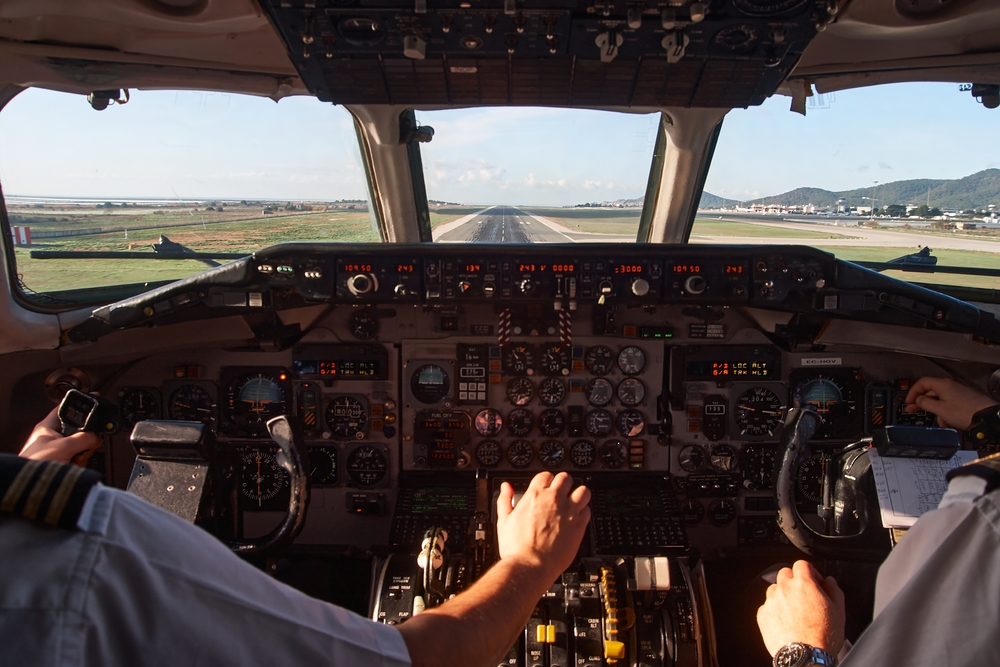
Monitor fuel levels and plan for sufficient reserves. Proper fuel management involves calculating fuel burn rates, accounting for extra fuel for contingencies, and regularly checking fuel gauges. Efficient fuel management is essential for avoiding in-flight fuel shortages, ensuring you have enough fuel to reach your destination safely.
Use Checklists
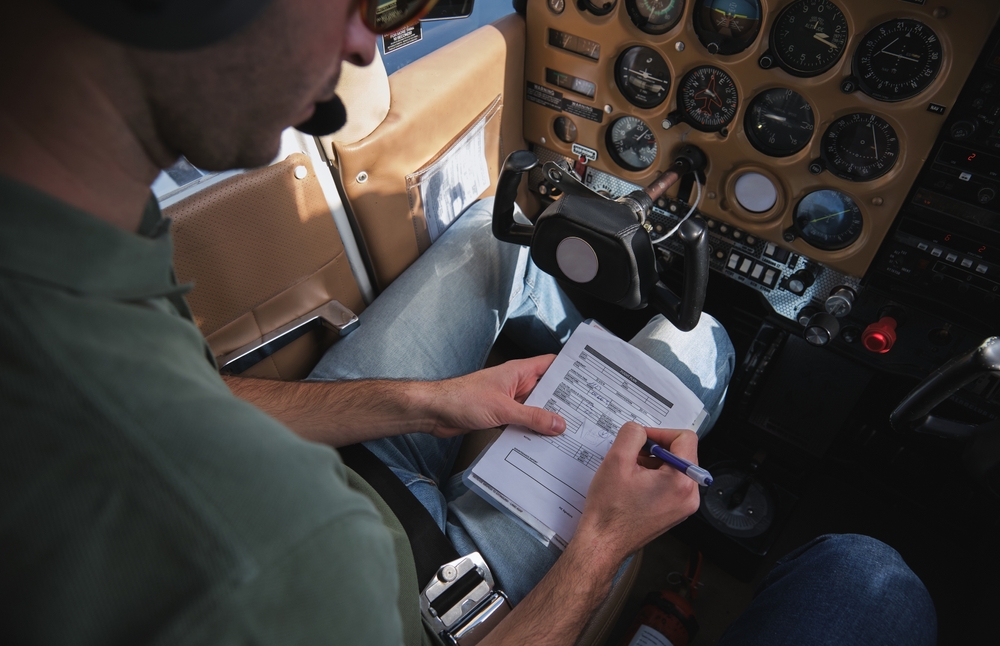
Rely on checklists for all procedures to ensure nothing is overlooked. Checklists help standardize operations and reduce the likelihood of human error. They cover various phases of flight, including pre-flight, takeoff, cruising, landing, and post-flight checks, ensuring that each step is completed accurately and efficiently.
Practice Autorotations
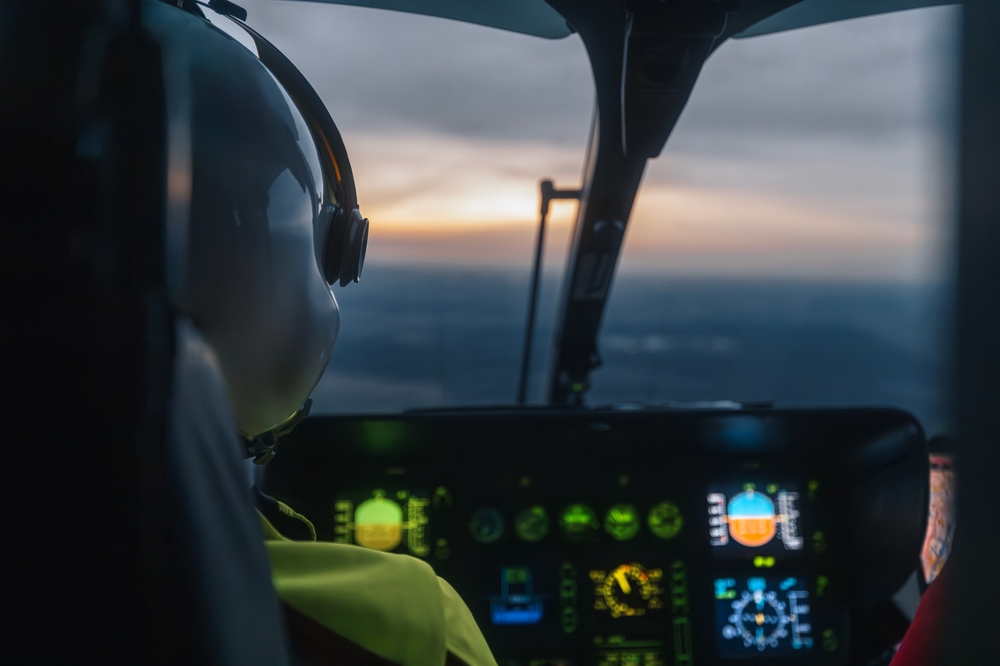
Regularly practice autorotations to be prepared for engine failures. Autorotation is a critical emergency procedure that allows the helicopter to land safely without engine power. Frequent practice helps you maintain proficiency, ensuring you can execute this maneuver smoothly and confidently if the need arises.
Keep a Balanced Load
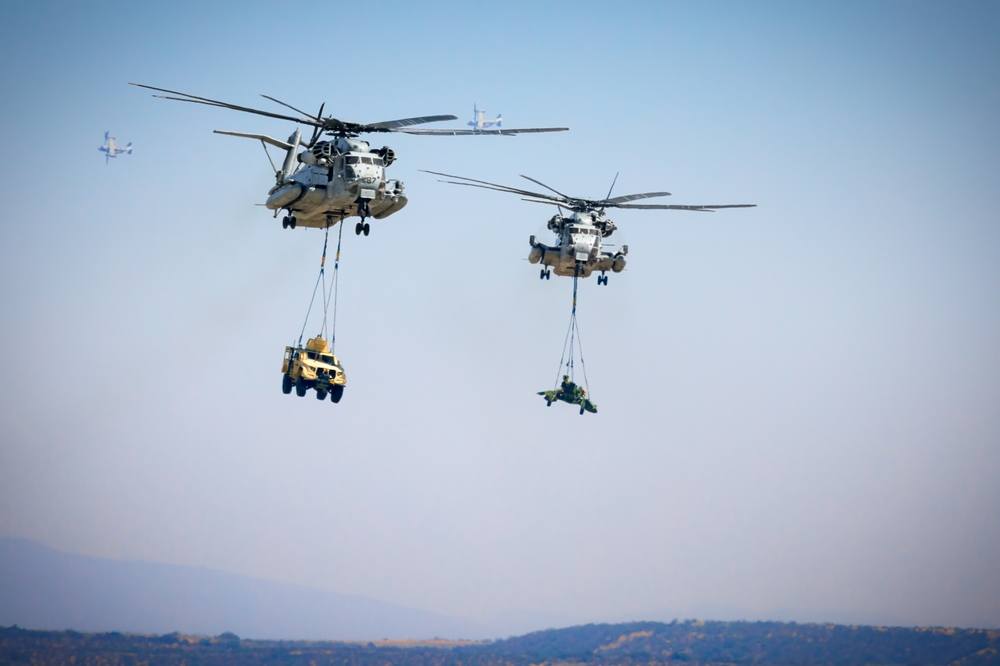
Ensure weight is evenly distributed for stable flight. An unbalanced load can affect the helicopter’s center of gravity, leading to instability and control issues. Proper load management involves checking weight limits, balancing the cargo, and securing all items to prevent shifting during flight.
Stay Updated on Regulations
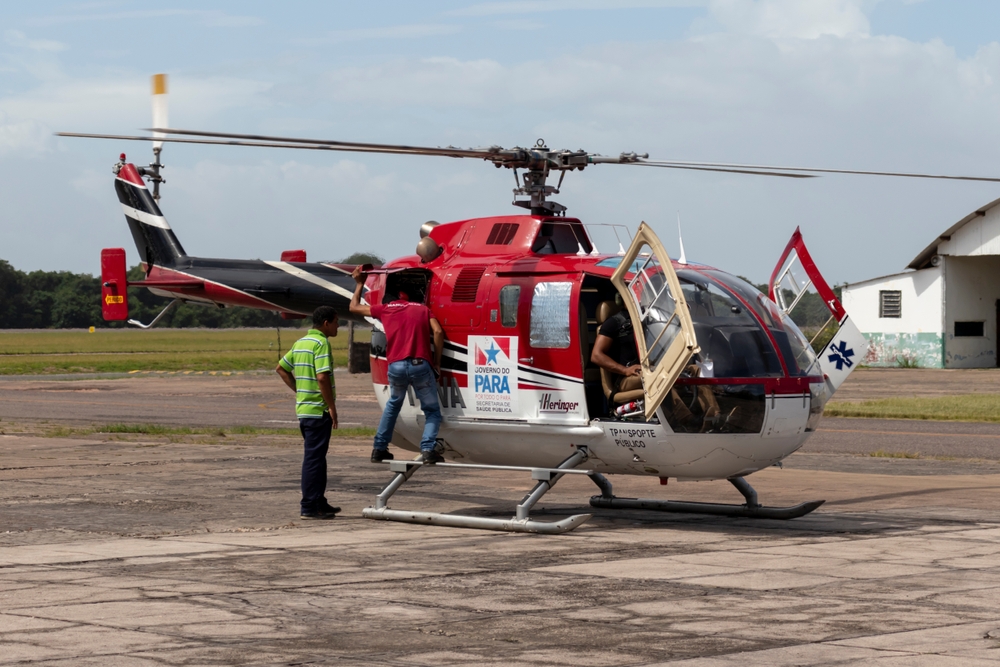
Keep up with the latest aviation regulations and guidelines. Staying informed about regulatory changes ensures compliance with safety standards and operational requirements. This includes updates from aviation authorities and industry best practices, which are crucial for safe and legal flying.
Understand Aerodynamics
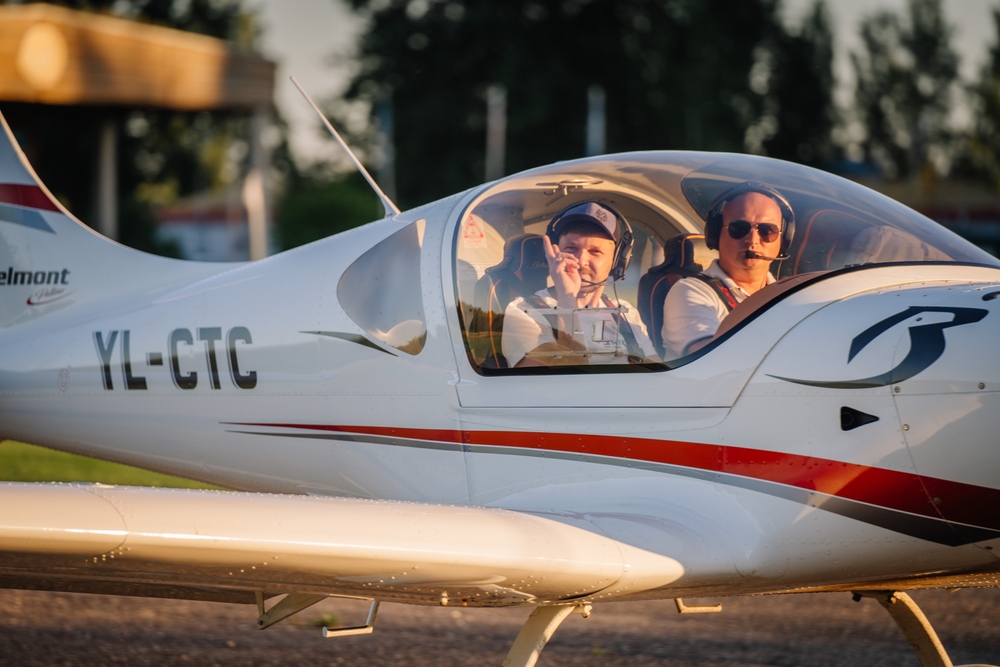
Have a solid grasp of helicopter aerodynamics and how they affect flight. Understanding concepts like lift, drag, and thrust helps you make informed decisions about maneuvering and control. Aerodynamic knowledge is essential for optimizing performance and handling different flight conditions effectively.
Monitor Engine Performance
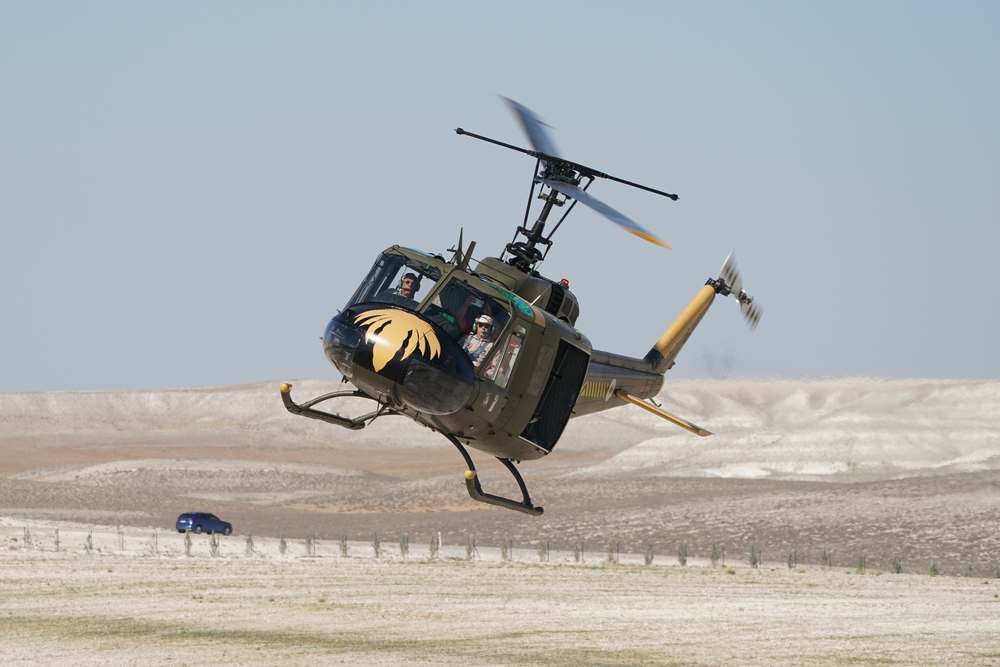
Regularly check engine gauges and performance indicators. Monitoring engine health helps detect early signs of mechanical issues, allowing for timely maintenance. Key indicators include oil pressure, temperature, and RPM, which provide critical information about the engine’s condition during flight.
Be Prepared for Emergencies

Have a plan for potential emergencies and practice drills. Preparation involves knowing emergency procedures, having survival equipment on board, and conducting regular emergency simulations. Being prepared helps you respond quickly and effectively to in-flight emergencies, enhancing safety for everyone on board.
Stay Proficient

Regularly practice and hone your flying skills. Continuous training and practice help maintain proficiency, ensuring you can handle various flight scenarios confidently. This includes practicing maneuvers, staying current with certifications, and participating in advanced training programs.
Know Your Limits
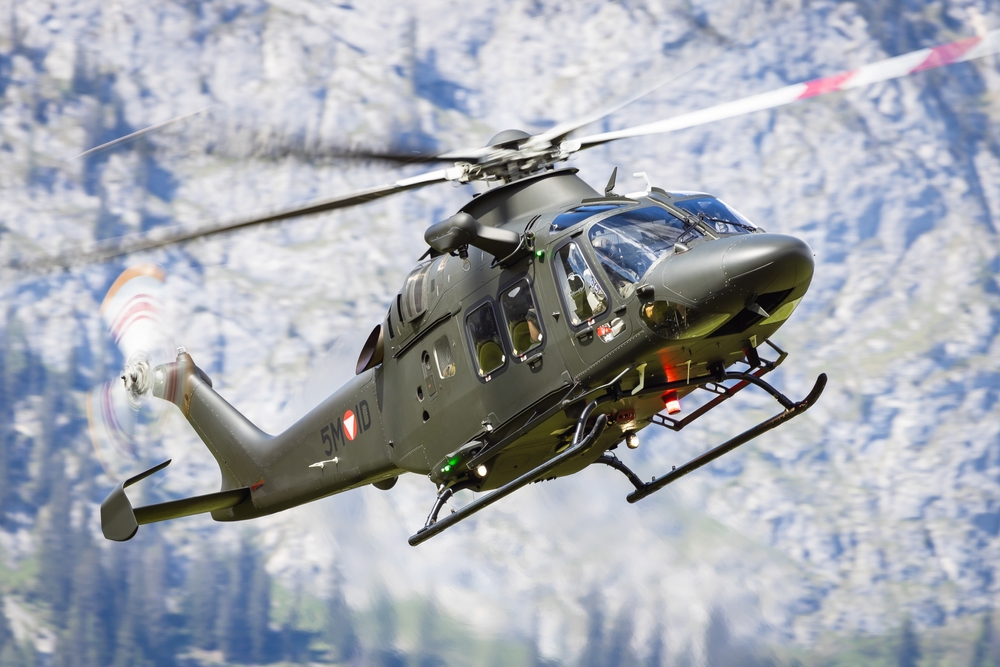
Be aware of your own and your helicopter’s limitations. Understanding performance limits, such as maximum weight capacity, altitude capabilities, and weather tolerances, helps you operate safely within those boundaries. Recognizing personal limits, including physical and mental fitness, is equally important for safe flying.
Use Proper Hovering Techniques
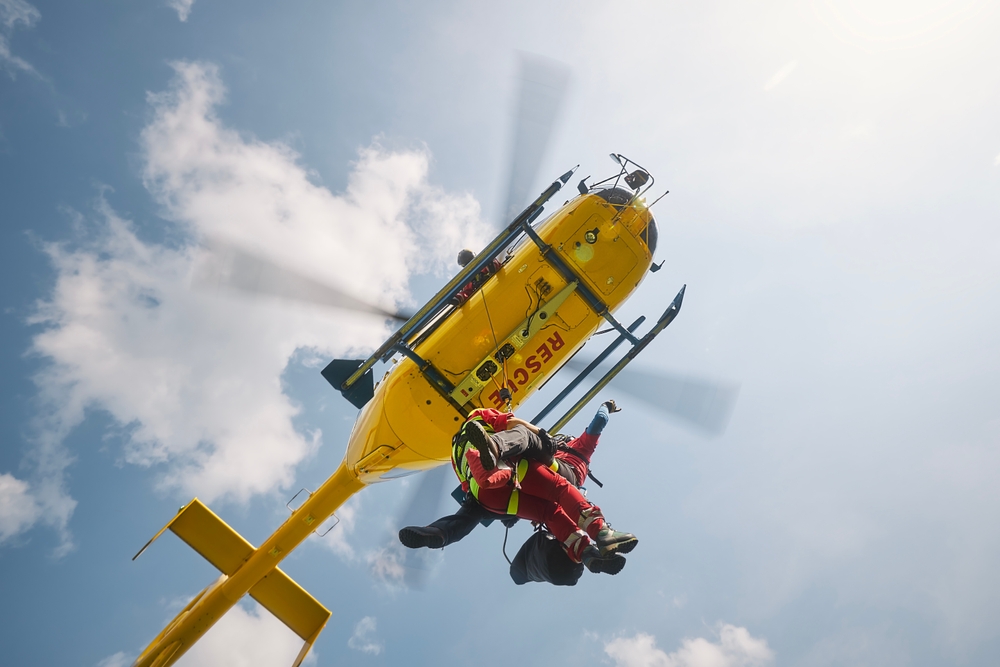
Master the art of hovering to maintain control and stability. Hovering requires precise control inputs and constant adjustments. Practicing hovering techniques helps you develop the skills needed for tasks like landing in confined areas and performing search and rescue operations.
Monitor Airspeed
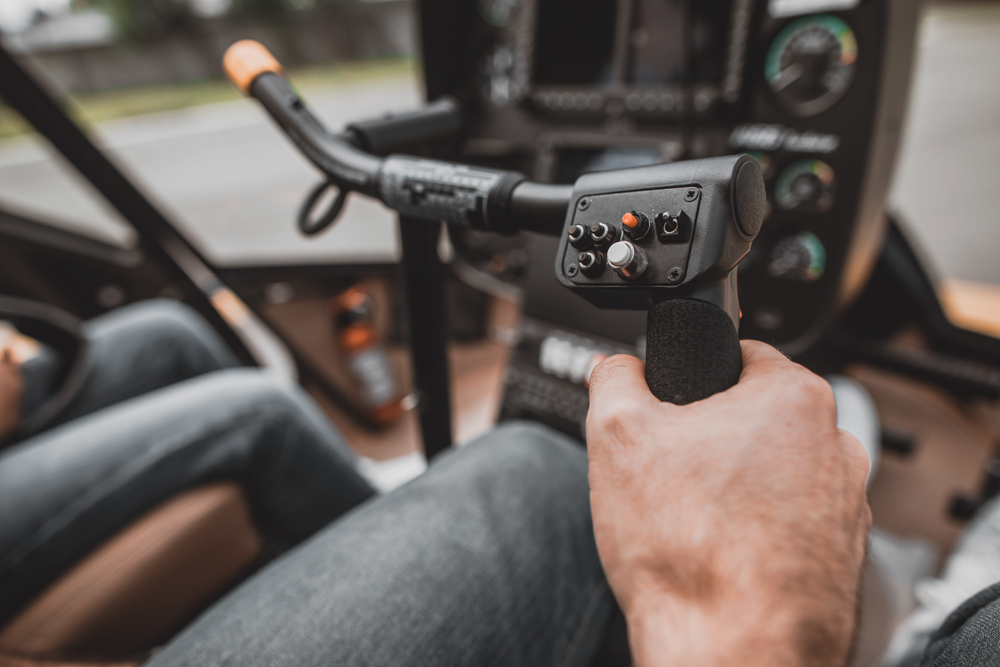
Keep an eye on airspeed to avoid dangerous conditions like vortex ring state. Maintaining appropriate airspeed is crucial for safe flight, preventing issues such as stalling or uncontrolled descent. Regularly checking the airspeed indicator helps you make necessary adjustments to maintain control.
This article originally appeared in MyCarMakesNoise.
More from MyCarMakesNoise
14 of Ford`s Most Influential Trucks and Their Evolution

Ford has a long history of producing some of the most iconic and influential trucks in the automotive world. From the rugged workhorses of the early 20th century to today’s advanced, high-performance models, Ford trucks have continually evolved to meet the changing needs of drivers. Read More
20 Sleekest Modern Sports Cars on the Market

If you’re a car enthusiast or just love the thrill of high-speed performance, you’ll appreciate our list of the 20 sleekest modern sports cars on the market. These cars combine cutting-edge technology, breathtaking design, and powerful engines to deliver an unparalleled driving experience. Read More
20 Transformative Technologies in Commercial Aviation

Commercial aviation is evolving rapidly, thanks to groundbreaking technologies that are transforming the industry. From sustainable fuels to advanced air traffic management, these innovations are making air travel safer, more efficient, and environmentally friendly. Read More














